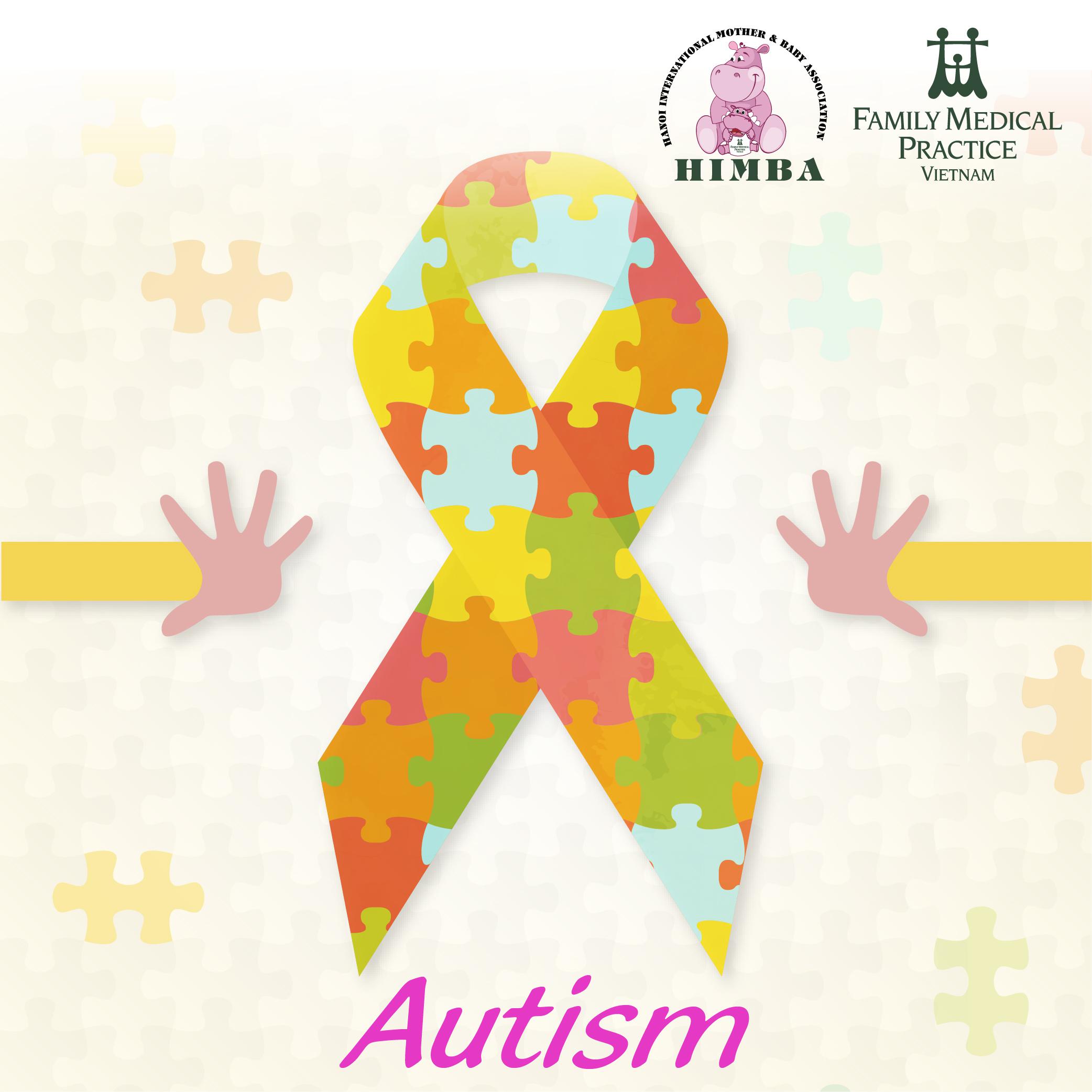Autism Spectrum Disorders

HIMBA Autism Spectrum Disorder [ASD]Autism is a spectrum condition referring to a range of conditions of varying impairment relating to social behaviour, communication and language. ASD now incorporates aspergers syndrome and pervasive developmental disorders. 1 in 160 children globally are thought to have an ASD diagnosis.
- Autism is a lifelong developmental disability affecting the way a person communicates with and, experiences the world around them. Often, children with Autism present with other health conditions such as epilepsy, ADHD or mental health disorders. Early intervention and strategies put in place from a young age gives the child the best opportunity for optimal development and achievement.
- The reason for why autism affects so many people is unknown but research suggests its a combination of genetics and the environment. It is not an individuals fault or that of their families.
- People on the autistic spectrum are affected differently. No one person is the same and therefore the challenges children and adults face with autism will vary according to other genetic and environmental factors. Some require lifelong support due to the impaired disability, whilst others function independently with fewer difficulties. The human rights of those with autism need to be prioritised at all times as access to education, healthcare and community support can often be difficult,.
- Diagnosing autism usually takes some time and input from a wide range of professionals. Including, paediatrics, therapists and psychologists. Seeking help early is vital.
Children with autism may present having:
- Persistent difficulties with social communication such as not understanding facial expressions, tone of voice ,jokes and sarcasm. They may also have a tendency to feel overwhelmed by people and want to isolate themselves away
-Restricted and repetitive behaviours or interests which impair everyday functioning
- Social interaction is challenging and children on the autistic spectrum may behave in a way others perceive as offensive or insensitive. They may then seek out time alone and not want comfort from people.
- Children on the autistic spectrum often have highly focused interests and may have extraordinary intelligence in one area. This is often seen from a young age.
Use a framework to understand how to meet the needs of people with ASD:
SPELL
S-Structure: Provide an environment that is predictable and safe. It can create a sense of independence for the person.
P -Positive: Focus on the persons strengths and interests. Boost self esteem and through structure and positive encouragement individuals with ASD are more likely to embrace new opportunities and skills.
E - Empathy: Being able to understand the viewpoint of the individual and what may scare them. Respecting, relating and providing calm relationships can support the individual further.
L - Low Arousal: The environment should be calm, not over stimulating, considering light, noise, clutter and the language used to communicate. Stimulation such as sensory rooms are required for development but access to a space that is calm to process is important.
L- Links: Community networks and key workers that all follow the same principles is essential for the feeling of stability, structure and safety for the individual.
Priorities in terms of healthcare.
Children and adults that attend medical appointments such as visiting the dentist or the doctor are likely to find it distressing. Tips on how to ensure health appointments run as smoothly as possible include:
1) Visiting the dentist or the doctors prior to the appointment. This familiarizes your child with the space.
2) Allow your child to look at some of the instruments that may be used during the checkup and touch them. Children may have sensory impairments and instruments in the mouth may be very painful for children and noises from the drills etc, very distressing.
3) Let them meet the medical professional and spend some time preparing the professional about your child’s needs.
4) Book the medical appointment first thing so there is less tension and anxiety building throughout the day and perhaps book a double slot so the visit is calm and not rushed
5) Present a clock to your child and inform them when it is over. A time indicator supports their feeling of control and expectation.
6) Allow a comforter to be present, perhaps music as a distraction.
7) Before the appointment you may want to introduce a social story. These are concrete ways to improve a persons understanding of a story, explaining sequencing and what comes next. https://www.autism.org.uk/about/strategies/social-stories-comic-strips.aspx
https://www.who.int/news-room/fact-sheets/detail/autism-spectrum-disorders
https://www.autism.org.uk/about/strategies.aspx
Author: Abigail Laurie Registered Midwife and Registered Specialist Public Health Nurse, United Kingdom.
 We use cookies on this website to enhance your user experience
We use cookies on this website to enhance your user experience